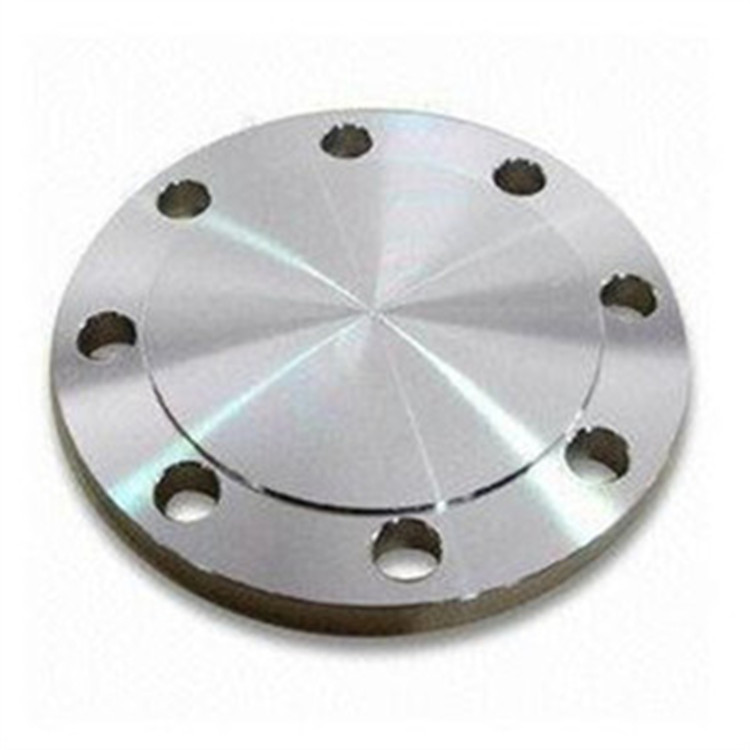elbow pipe fittings
Understanding Elbow Pipe Fittings A Key Component in Piping Systems
In the world of plumbing and piping systems, the importance of elbow pipe fittings cannot be overstated. These fittings are crucial in directing the flow of fluids or gases through pipes, helping to create a well-functioning and efficient piping system. With their ability to change the direction of flow, elbow fittings are a common sight in various applications, from residential plumbing to large industrial setups.
What are Elbow Pipe Fittings?
Elbow pipe fittings are specialized components designed to change the direction of a piping system. Typically available in angles of 90 degrees and 45 degrees, these fittings allow for smooth transitions in piping, essential for fitting into tight spaces or following the contours of a building or installation site. Made from a variety of materials, including PVC, copper, stainless steel, and carbon steel, elbow fittings are versatile and can cater to different requirements depending on the application.
Types of Elbow Fittings
1. 90-Degree Elbows These are perhaps the most commonly used elbow fittings. They provide a sharp turn in a piping system, allowing for significant changes in direction. Using a 90-degree elbow is particularly useful in scenarios where space constraints require tight turns.
2. 45-Degree Elbows These fittings offer a gentler change in direction and are often utilized in cases where a smooth flow is desired. By reducing turbulence, 45-degree elbows can enhance the overall efficiency of a piping system.
elbow pipe fittings

3. Long Radius and Short Radius Elbows Both the long and short radius elbows are available in 90 and 45-degree variations. The long radius elbows feature a wider arc, which helps maintain a smoother flow and reduce friction. Conversely, short radius elbows are more compact, saving space but can increase fluid turbulence.
Applications of Elbow Pipe Fittings
Elbow pipe fittings are ubiquitous across various industries. In residential plumbing, they are used mainly for routing water supply lines and drainage systems. In industrial applications, they play a vital role in the transportation of gases, chemicals, and other substances requiring precision and reliability. Moreover, in HVAC systems, elbow fittings help in directing air flow effectively, ensuring efficient climate control within buildings.
Benefits of Using Elbow Fittings
One of the major advantages of using elbow fittings is their ability to facilitate a seamless flow of liquids and gases, minimizing resistance and speeding up transportation processes. They also help in optimizing space by allowing pipes to run along walls, floors, and ceilings more efficiently. Additionally, the variety of materials available ensures that these fittings can withstand varying temperatures and pressures, providing durability and longevity in installations.
Conclusion
In summary, elbow pipe fittings are a pivotal component of any piping system. Their ability to change the direction of flow while minimizing turbulence and maximizing efficiency makes them indispensable in many applications. Whether it’s in a homeowner’s plumbing system or an intricate industrial setup, elbow fittings play an essential role in ensuring that systems operate smoothly and efficiently. Understanding the different types and their applications can aid in better planning and implementation of any piping project, making elbow pipe fittings a fundamental aspect of modern plumbing and fluid transport systems.
-
The Key to Fluid Control: Exploring the Advantages of Ball Valves in Industrial SystemsNewsJul.09,2025
-
The Versatile World of 1, 2, and 3 Piece Ball ValvesNewsJul.09,2025
-
Stainless Steel Ball Valves: The Ideal Choice for Efficient Flow ControlNewsJul.09,2025
-
Optimizing Fluid Control with Ball Float ValvesNewsJul.09,2025
-
Manual Gate Valves: Essential for Control and EfficiencyNewsJul.09,2025
-
Everything You Need to Know About Butterfly ValvesNewsJul.09,2025
-
The Versatility of Wafer Type Butterfly ValvesNewsJul.08,2025




